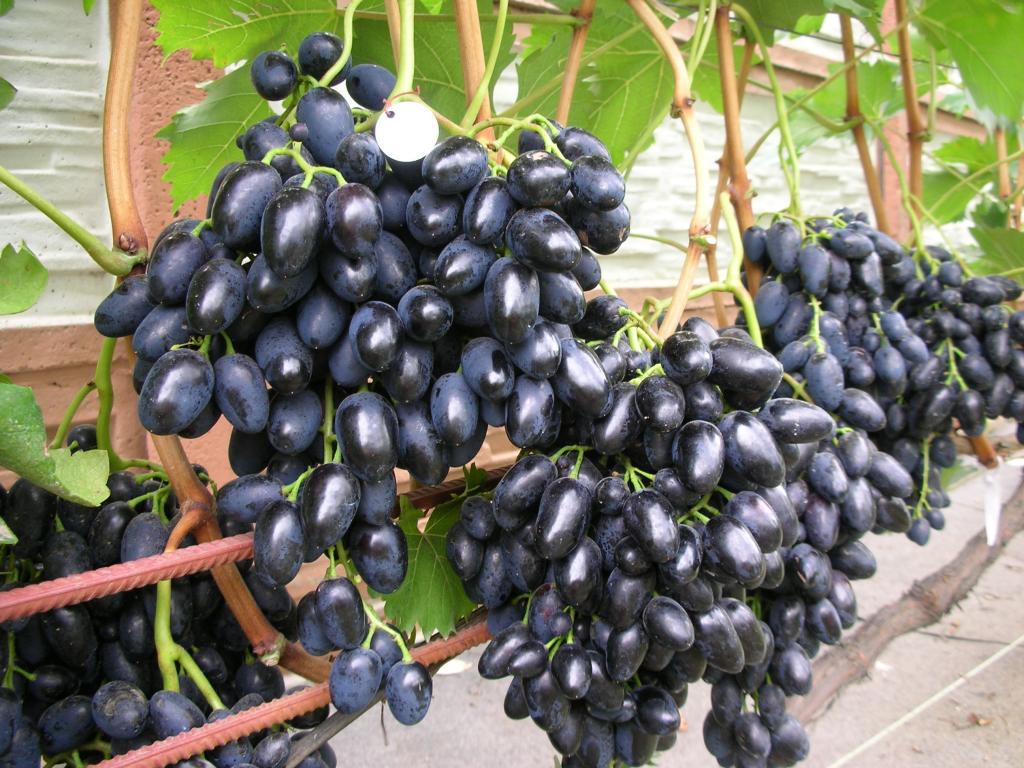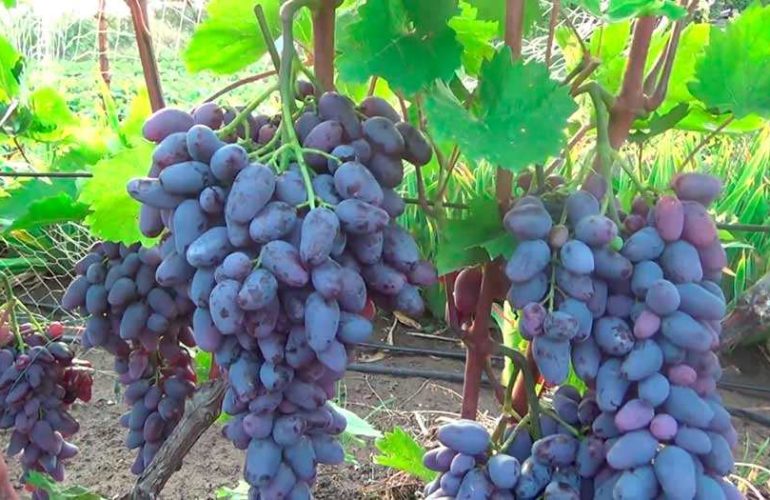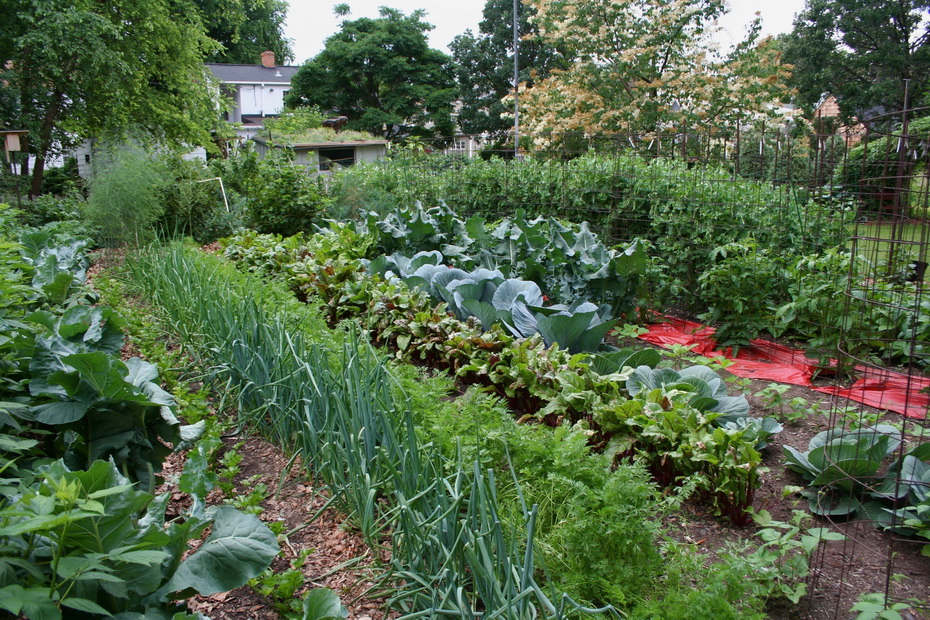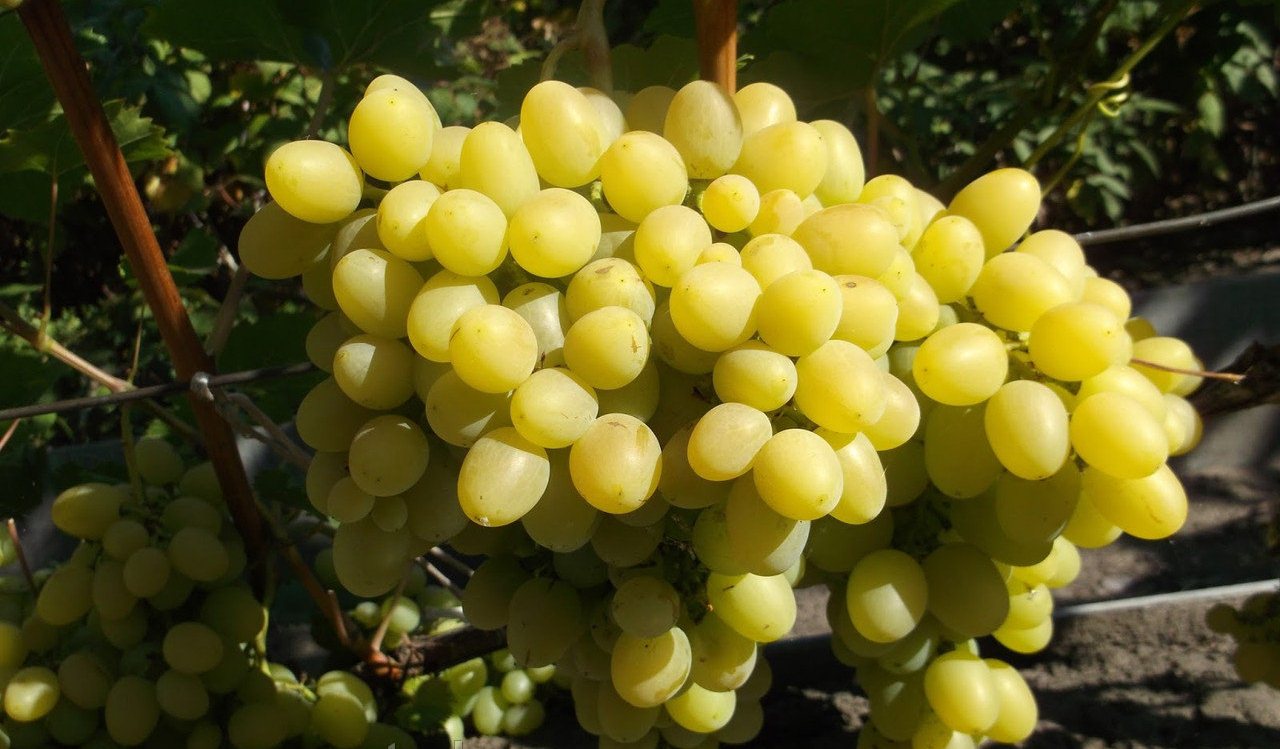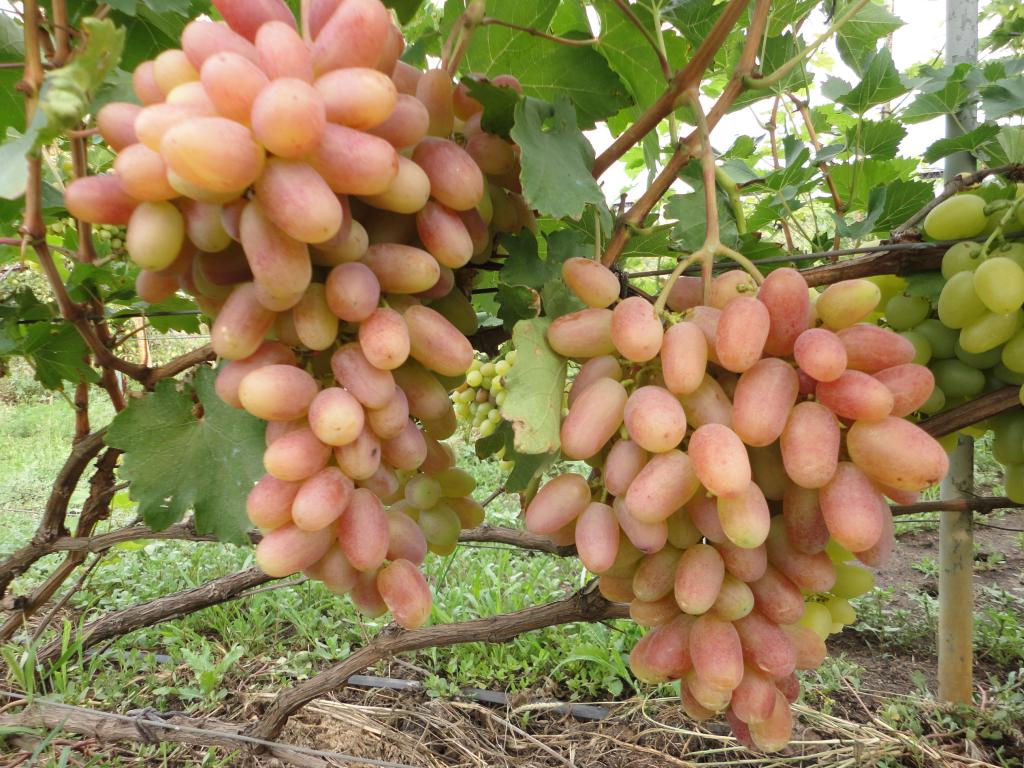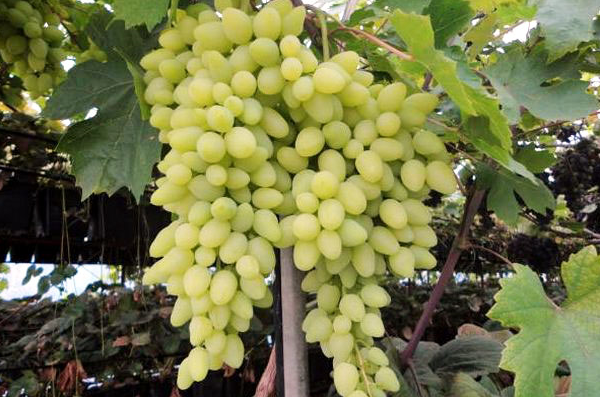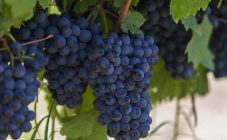Content:
Grapes have long and firmly won their place of honor on the menu. Delicious juice and exquisite wines, preserves and jams, magnificent raisins and fresh bunches are the decoration of any festive table. And for some time now, many gardeners and gardeners have taken a great interest in growing grapes with their own hands.
A bit of history
The grape variety in Memory of Negrul bears the name of the famous winegrower-breeder and geneticist Negrul Alexander Mikhailovich, the owner of the unofficial title of "King of Grapes". Created by a group of his Moldovan comrades who worked with him during his lifetime. The birthplace of this variety is the Moldavian Research Institute of Viticulture and Winemaking. In 1975, two varieties were crossed, which became the parents of the Memory Negrul variety. The names of these varieties are Koarne Nyagre and Seiv Vilar.
Table variety, medium late, with beautiful berries of an unusual shape, collected in heavy cylindrical brushes with wings. Unpretentious in care, resistant to many diseases of the vine, even a novice wine grower can grow it.
Viticulture has recently become very popular among amateur gardeners throughout Russia. The Memory Negrul variety is grown everywhere, so planting material is easy to find in nurseries throughout the country.
Characteristics and features of the variety
One of the tastiest and most popular mid-late ripening grape varieties with dark berries is the Memory of Negrul grape. The bush of this variety is distinguished by its tall growth and remarkably long shoots up to 3 m. The vine ripens perfectly, on each shoot it can ripen up to two magnificent full-bodied bunches.
The bunches are large, magnificently shaped, remarkably beautiful, weighing up to 700 grams, under particularly favorable conditions can reach two kilograms. At the same time, many factors can affect the weight of the hands:
- the age of the bush itself;
- climatic conditions in the growing region;
- load on the bush.
They consist of large berries of an unusual elongated egg-shape with a slightly elongated nose, very dark purple, almost black, covered with a gray-blue waxy coating. They keep well on bushes until frost.
The taste is simple, without any special frills and at the same time very harmonious - ordinary, sweet with a slight sourness, sometimes it takes on a tart hue. When fully ripe, plum shades are clearly visible in the taste of the berries. The skin is dense, crunches when nibbled, the berry oozes with juice. The sugar content is 16-18 percent, which is very decent for table varieties. According to tasting scores, 9.2 points is a very high indicator.
The yield is very high, subject to agrotechnical rules in a suitable climate, you can get up to 50 kilograms of full-fledged berries from one bush. Not prone to peas.
Adaptation to cold weather is beyond praise - in the southern regions and central Russia it winters freely without shelter.
The bush copes well with heavy loads, the seedlings root and take root well. The flowers on this variety are bisexual, therefore they do not require pollination, on the contrary, the variety itself is an excellent pollinator.
The leaves are five-toed with a good dissection, glossy green on the front side, regular in shape. A feature of the leaf in this variety is a well-defined pubescence on the back.
Ripening parameters - from 130 to 160 days, depending on the area of growth. Transportability is very high. When transported over long distances, grapes of this variety do not lose their attractive appearance. Keeping quality at the highest level.
The characteristics of the Pamyati Negrul variety indicate that the variety tolerates drought and frosts well up to 25-27 degrees Celsius without shelter. Cuttings root without problems, the plant is tuber-free, but can also be grown on a rootstock. Thus, reproduction can be carried out in two ways.
It has an increased immunity to diseases such as mildew, gray rot and powdery mildew. Resistant to leafworm, spider mite and phylloxera. To protect plants of this variety, only preventive measures are sufficient.
Agrotechnics and cultivation features
The Negrul Memory Grape, described above, is quite suitable for novice wine growers to grow in private gardens. There is quite a place for him in a small vineyard at a summer cottage.
It is best to plant grapes of this variety in areas with a good slope towards the south. So the bushes will be protected from cold northern winds and stagnant rainwater. Good light will allow the berries to pick up more sugars and shorten the ripening period.
The variety loves light loams and fertile black soils. The root system of a tall bush requires a large pit for planting, a depth and diameter close to one meter, filled with organic and mineral fertilizers. The distance between the bushes is preferably about three meters, since the bushes are prone to overgrowth.
In the southern regions, both spring and autumn planting is possible, in the northern regions, spring is preferred.
Despite the fact that the variety in Memory of Negrul is drought-resistant, it still needs to be watered. To obtain a better and more abundant harvest, watering is carried out:
- in spring and autumn, as a water-charging event;
- at the time of swelling and dissolution of the kidneys;
- when the flowering period ends;
- when the berries begin to pour.
Watering is stopped a month before the berries ripen, since this variety has an unpleasant property - during the final pouring of berries, the fruits crack when there is an excess water content in the soil.
Top dressing is done in four stages:
- In early spring, organic fertilizers and phosphorus are applied for the growth of green mass and shoots.
- Ten days before the beginning of flowering, fertilizing is repeated, but the mass fraction of organic matter is reduced in it.
- During the period of fruit ripening, the grapes are fed exclusively with phosphorus fertilizers, which contribute to the ripening of berries.
- In the pre-winter period after harvest, they are fed with potash fertilizers to increase frost resistance and better ripening of the vine.
To retain water in the ground and prevent the growth of weeds, it is advisable to mulch the near-trunk circle with humus, sawdust or cut grass every year.
Treatments for diseases and pests are carried out rather prophylactically, in the 4-leaf phase, before and after flowering.
Advantages and disadvantages of this variety
Negrul Memory grapes have a number of noticeable advantages over varieties with similar characteristics:
- beautiful bunches with an unusual shape of berries;
- very high self-pollination4
- drought tolerance;
- good ripening of shoots;
- high safety during transportation;
- increased resistance to various fungal diseases;
- long-term preservation of berries in a lying place, the ability to serve fresh grapes grown with your own hands to the New Year's table;
- high productivity and yield of grapes from each bush.
There are no major shortcomings and shortcomings in the grape variety Memory of Negrul, unless you consider the need for shelter when grown in regions and areas with severe winter frosts as a disadvantage.
